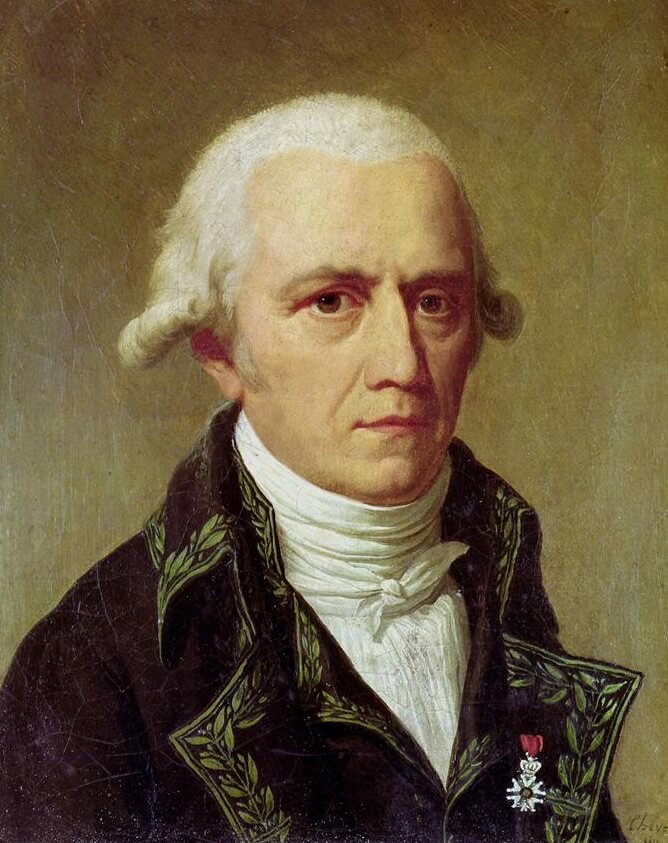What is the theory of Lamarck about? Information about Lamarckism, explanation of Lamarckism theory and Lamarck’s ideas.

Jean-Baptiste Lamarck (Source : wikipedia.org)
LAMARCKISM, the theory that accounts for the evolution of plants and animals by changes in their environment and the effects of the attempts of organisms to adjust themselves to these changes. Adjustments of this kind become evident during the life of individual animals and plants, and the assumption of Jean de Monet, chevalier de Lamarck, that such direct effects of the environment, and of the use and disuse of organs, are heritable was accepted by Charles Darwin and by evolutionists after him until August Weismann (1834-1914) showed how difficult such an inheritance of any postnatal effect must be.
Lamarckian ideas persisted through the period in the late 19th century when Darwin’s theory of natural selection came to be questioned, and when biologists in general were attempting to reconcile incompatible and impossible hypotheses of inheritance. The disciples of Lamarck in Europe and the United States who could not believe in natural selection as the principal or sole cause of evolutionary change came to be known as Neo-Lamarckists, and their doctrines, even if unknown to Lamarck, as Neo-Lamarckism.
The belief that plants and animals are modified in adjustment to the diversity of conditions on the earth’s surface or in its waters had been vaguely espoused by Comte Georges Louis de Buff on (1707-1788). Lamarck gave expression to this idea and greatly extended it by indicating that the very adjustments of use and disuse of the organs of animals were forced on them by changes in their environment.
Such a molding effect of the environment on animals (even more than on plants) is sufficiently evident when one considers the streamlined form of free-swimming creatures. Lamarck lived a century before the great modern development of heredity, and he could not foresee that biologists would show that a mechanism of unit inheritance and natural selection is interposed between the environment and the organism, and that it is only by the effect of the environment and of use and disuse of organs on the process of natural selection that the environment molds the organism.
All attempts to find experimental proof of the inheritance of direct effects by the environment have failed. Such crude but long-term experiments as the docking of the tails of sheep have failed through hundreds of generations to affect the length of tail of the lambs produced by the mutilated parents. Evidence of the inheritance of modified thumb pads in male midwife toads, thought to be conclusive by a German follower of Lamarck, Paul Kammerer, were shown to be rather crude artificial injections of India ink into the thumbs of the experimental animals; Kammerer, apparently the victim of over-eager students, felt himself to be disgraced and committed suicide. The belief that there must be some more direct method than the circuitous one of the natural selection of chance variants by which the adaptation of organisms to the environment is effected still persists among some eminent zoologists.